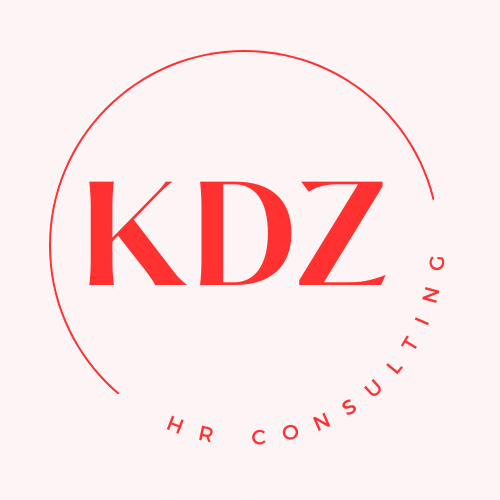Understanding Employee Benefits: What Small Business Owners Need to Know This Open Enrollment Season
It’s that time of year again—Open Enrollment season!
While large employers often follow the traditional November–December enrollment window, many small businesses have unique plan start dates depending on when they first offered coverage. Regardless of your renewal timing, this is the perfect opportunity to understand what benefits you must offer, what’s nice to have, and how to balance compliance with creativity when it comes to supporting your team.
What Benefits Are Required?
Let’s start with the basics. Every state has its own set of requirements, and as a small business owner, it’s your responsibility to comply with the laws where both your business and your employees are located.
At a minimum, most employers are required to provide:
Paid Sick Leave – States like California, New York, and New Jersey all have their own versions, and many local cities have additional rules.
Workers’ Compensation – Required in nearly every state, even if your employees work remotely.
Disability & Paid Family Leave – States like New York, New Jersey, Rhode Island, and California mandate these programs to help employees when they’re unable to work or need family-related time off.
Retirement Savings Options – States are increasingly introducing mandatory programs. For example, California (CalSavers), New Jersey (RetireReady NJ), and New York (Secure Choice) all now require businesses of a certain size—often as few as five employees—to offer access to a retirement savings plan.
Health Insurance – Under the federal Affordable Care Act (ACA), employers with 50 or more full-time equivalent employees must provide health insurance that meets minimum standards.
If you have employees in multiple states, your obligations might vary. For example, if your business is based in New Jersey but you have a remote employee in California, you may still need to comply with California’s sick leave and retirement program requirements. Always check each state’s Department of Labor or Treasury website to confirm what applies.
Core Benefits That Attract and Retain Talent
Once you’ve covered the essentials, it’s time to think about what helps your business stand out. Competitive benefits aren’t just for big companies—there are cost-effective ways to show your employees you value them.
Health Coverage (Medical, Dental, Vision): Group plans can be more affordable than you think, especially as you grow. If full coverage isn’t in the budget yet, consider a Health Reimbursement Arrangement (HRA), which allows you to reimburse employees tax-free for their own medical expenses.
Retirement Plans: Even small businesses can offer SIMPLE IRAs or partner with payroll providers that integrate with state programs. These options often include tax advantages for employers, too.
Life & Disability Insurance: Offering voluntary (employee-paid) plans can boost your benefits package at little to no cost to you.
Creative & Affordable Ways to Support Employees
Not every benefit has to come with a big price tag. Some of the most valued perks are simple, flexible, and personal.
Flexible Work Arrangements: Remote or hybrid work options, or even flexible hours, can be a major retention tool.
Wellness Stipends: A small monthly budget for gym memberships, therapy apps, or wellness activities shows you care about employees’ well-being.
Professional Development: Cover the cost of online courses, workshops, or certifications. When your employees grow, your business grows too.
Mental Health Support: Access to virtual counseling, mental health days, or partnerships with wellness platforms are becoming must-haves.
Volunteer Time Off: Encouraging community engagement builds purpose and connection without adding financial strain.
These benefits build loyalty and engagement—often more than a pay raise would.
The Business Case for Benefits
Beyond being “the right thing to do,” benefits help small businesses thrive. A thoughtful package can:
Reduce turnover and the costs of hiring and training new staff
Improve morale and productivity
Strengthen your employer brand
Support compliance and protect you from legal risks
Even small steps—like adding a wellness stipend or flexible hours—can make a measurable impact on retention and performance.
Tax & Compliance Tip
Many benefits are tax-deductible or tax-advantaged, including contributions to health plans, HRAs, and retirement accounts. Talk to your accountant or HR consultant (👋 that’s me!) to explore options that fit your business size and budget.
Offering employee benefits doesn’t have to feel overwhelming or expensive. Start with the essentials, stay compliant with your state’s requirements, and add creative touches that align with your company values.
If you’re unsure what applies to your business, that’s exactly what I help small business owners navigate. Let’s schedule a free discovery call.

